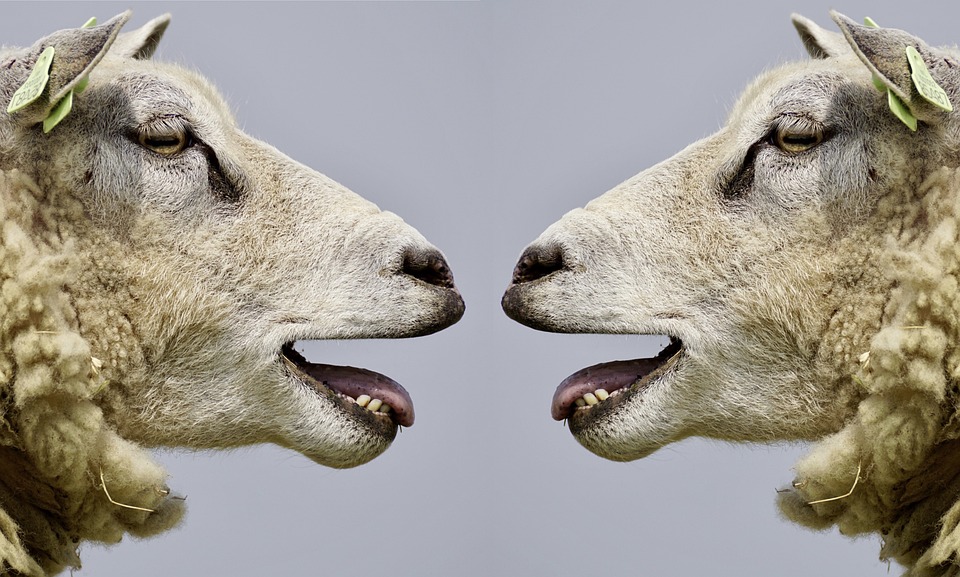Title: Unveiling the Controversy: Addressing Race and Culture in Disney Movies
Introduction:
Disney movies are beloved by audiences of all ages and have played a significant role in shaping the childhood memories of generations. These films enchant us with magical tales, endearing characters, and memorable songs. However, in recent years, the portrayal of race and culture in Disney movies has come under scrutiny, sparking an important conversation about racial and cultural sensitivity. This article delves into the controversy surrounding this issue, highlighting the impact it has on society and the steps Disney is taking to address these concerns.
Cultural Appropriation vs. Cultural Appreciation:
One of the main controversies surrounding Disney movies involves the fine line between cultural appreciation and cultural appropriation. Critics argue that Disney often appropriates various cultures, reducing them to clichéd stereotypes or trivializing sacred traditions for the sake of entertainment. Classic examples include “Aladdin” and “Pocahontas,” which were met with accusations of disrespectful depictions and a lack of accurate cultural representation.
Disney has faced criticism for perpetuating cultural stereotypes, like the portrayal of African characters in “The Lion King” or Native American characters in “Peter Pan.” Such depictions, some say, reinforce harmful and outdated narratives, promoting misrepresentation, and perpetuating harmful biases.
Critics argue that this appropriation can have lasting effects, perpetuating misrepresentation, reinforcing stereotypes, and affecting the self-esteem and identity of marginalized communities, especially young children from those cultures. It is crucial to acknowledge that these concerns are not limited to Disney alone but reflect a broader discourse on representation in popular media.
Progress and Change:
In recent years, Disney has taken steps to address these concerns and ensure more respectful and accurate portrayals. The film “Moana” (2016) is often commended for embracing the Polynesian culture, working closely with cultural consultants and ensuring that the film’s characters and storyline were authentic and respectful.
Similarly, “Coco” (2017), which explored Mexican culture and the traditional celebration of Día de los Muertos, received praise for its positive representation and sensitive treatment of the theme. The film’s success demonstrated that when Disney collaborates with communities, it can create authentic and respectful storytelling while fostering cultural understanding.
Additionally, with the advent of the Disney Princess franchise, the introduction of characters like Tiana (African-American), Mulan (Chinese), and Jasmine (Arabian) has brought greater diversity to the beloved line-up. These characters convey the important message that stories can be told from various cultural perspectives, promoting inclusivity and acceptance.
Promoting Diversity and Inclusivity:
Disney recognizes the significance of the conversation surrounding race, culture, and representation, and it is committed to improving diversity and inclusivity in its movies. The company has made efforts to hire cultural consultants, collaborate with diverse storytellers, and ensure authentic representation of different cultures.
Moreover, Disney’s recent release, “Raya and the Last Dragon,” has been praised for celebrating Southeast Asian cultures. This film not only empowers young audiences by showcasing a strong female lead but also highlights the beauty and sophistication of diverse cultures and traditions.
Conclusion:
The conversation surrounding the portrayal of race and culture in Disney movies is complex and ever-evolving. While Disney has faced criticism for misrepresentations and cultural appropriation in the past, it is clear that the company is taking steps to address this issue and create positive change. By working with cultural consultants, collaborating with diverse storytellers, and promoting authentic representation, Disney is gradually evolving its approach to ensure that their films are not only enchanting but also respectful and inclusive for diverse audiences around the world. As consumers, we must continue to engage in dialogue, hold companies accountable, and support the positive strides being made to promote cultural sensitivity and diversity in entertainment.
